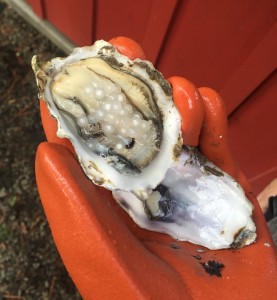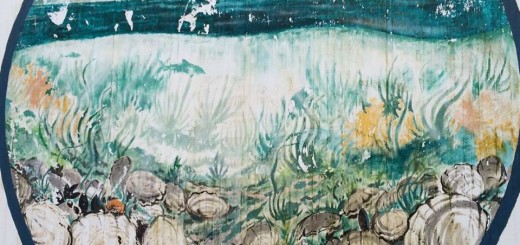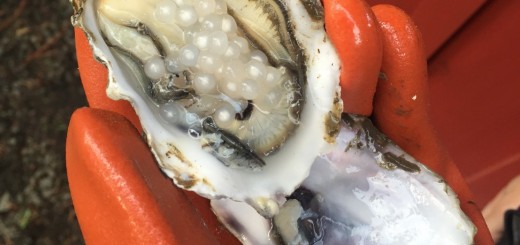The Multi-Cultural History and Contemporary Business of Oysters
In recent years, raw oysters have become one of the most sought after dining experiences for food lovers all over the world, but when thinking about oysters it is important to consider the oyster and its rich history in the Pacific Northwest; a history existing long before the colonization of the West. Fishing and cultivation of the naturally occurring shellfish population have been an integral part of the livelihood and culture of native tribes of the area for thousands of years. With the medicine creek treaty of 1854 came methodological stripping of tribes from their local histories, languages and tradition. The push to eradicate their culture resulted unsurprisingly in loss of access to their natural recourses and ability to practice their fishing and shellfish cultivating traditions. Since the 1970’s, native tribes of the Pacific Northwest have been fighting tooth and nail to re-establish their rights and access to local waters, and though the water can be like a war zone tremendous improvement has been and is being continued to be made.
In the early 19th century, United States oysters were a cheap working class food, but with increase in demand, over cultivation and introduction of foreign varieties that led to disease prices have risen steadily converting them to a pricey delicacy. As well as over cultivation and loss of oyster populations to disease marketing has also been used as a tool to increase demand in the oyster marketing and its transition to a luxury food. The marketing or meroir and linking oysters to specific areas and flavors and sometimes even creating custom names is a tactic that contributes directly to the eater truly experiencing the taste of place.
Beyond the five main species of oysters (Eastern, Pacific, Kumamoto, Belon and the Olympia) there are hundreds of appellations that exist within the oyster world. Creating unique names for oysters furthers the emphasis on taste of place, with varieties named after locations like Samish Bay and Pebble Cove, the consumer is taken to that location and given a chance to experience the climate, environment, water, and tide in one satisfying bite.
Though the oyster industry has risen steadily in the past 20 years it is important to be mindful of the impacts we as humans have on our planet as well as the availability of oysters. In a business that is so dependent on clean water, the impact of human and animal waste on the environment is severe and in many cases shuts down the possibility of the cultivation of the shellfish. Because we have produced more plastic in the last ten years than in the whole of the last century, and floating plastic makes up 40% of the earth’s ocean surface, it is essential that we remain mindful of the impact we have on our planet as a whole and our individual environments.
Written by Chloe Landrieu Murphy. Edited by Sophie Tuchel.





